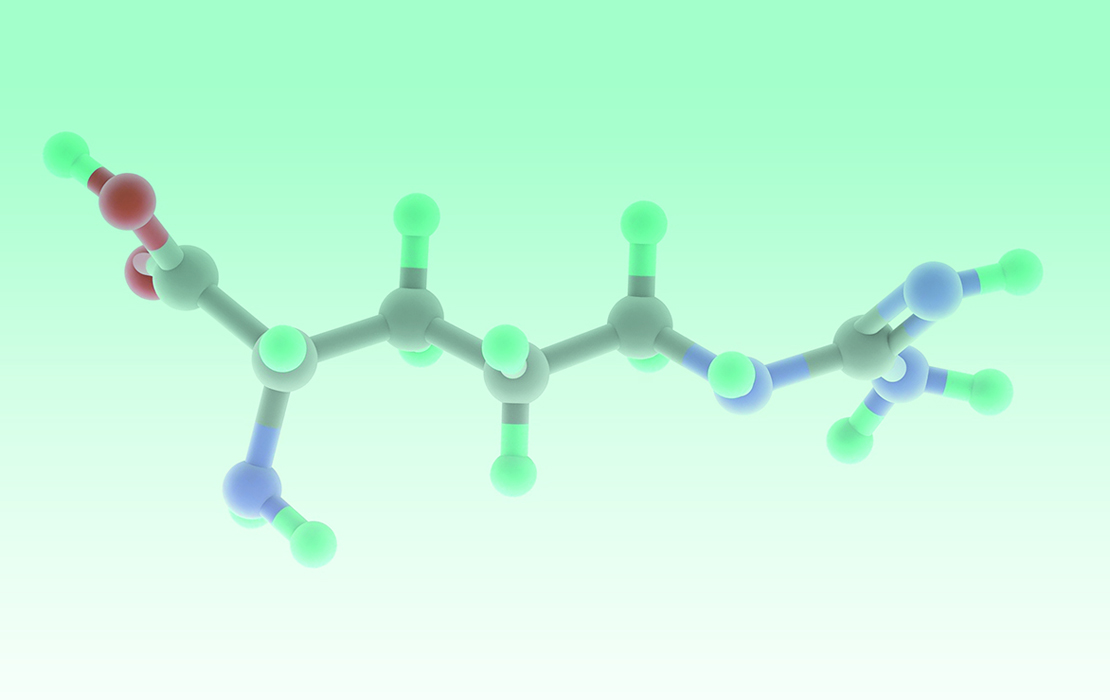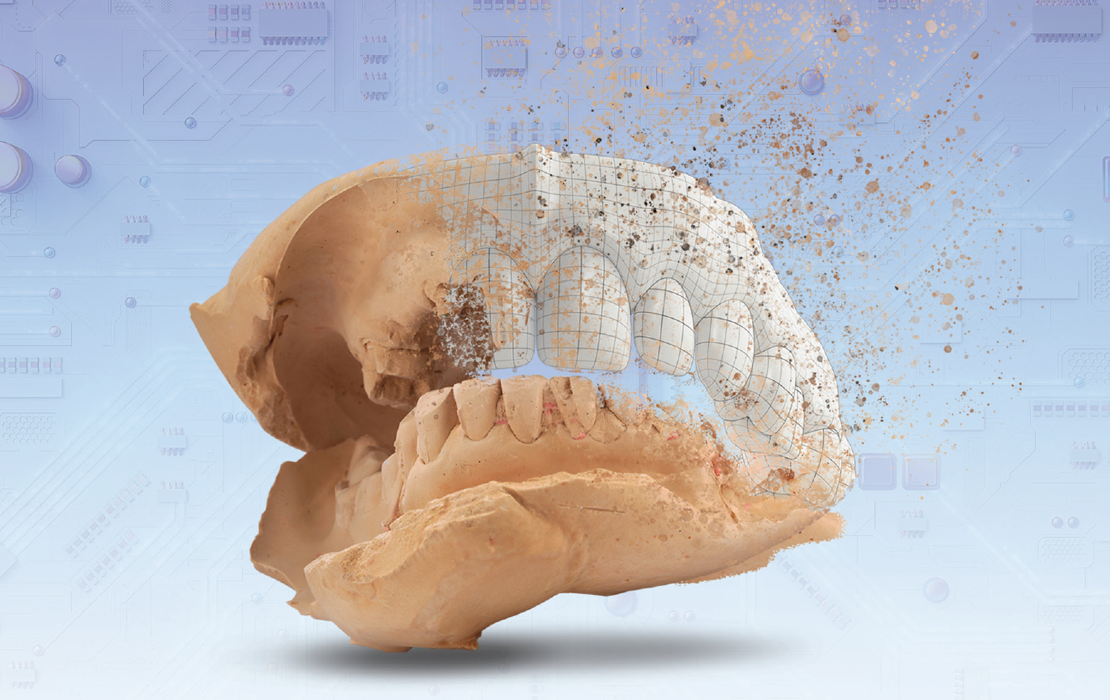Debunking dental trends
How to talk with patients about separating myth from fact
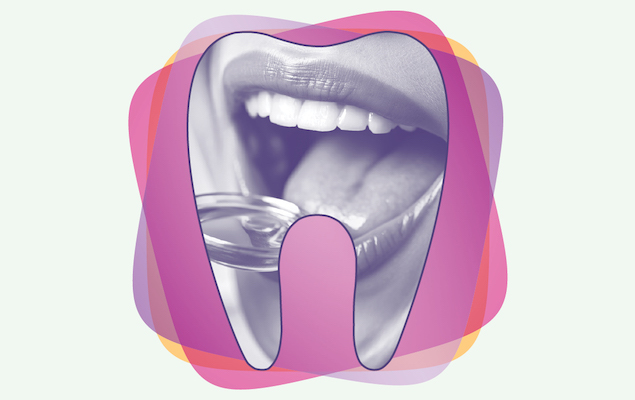
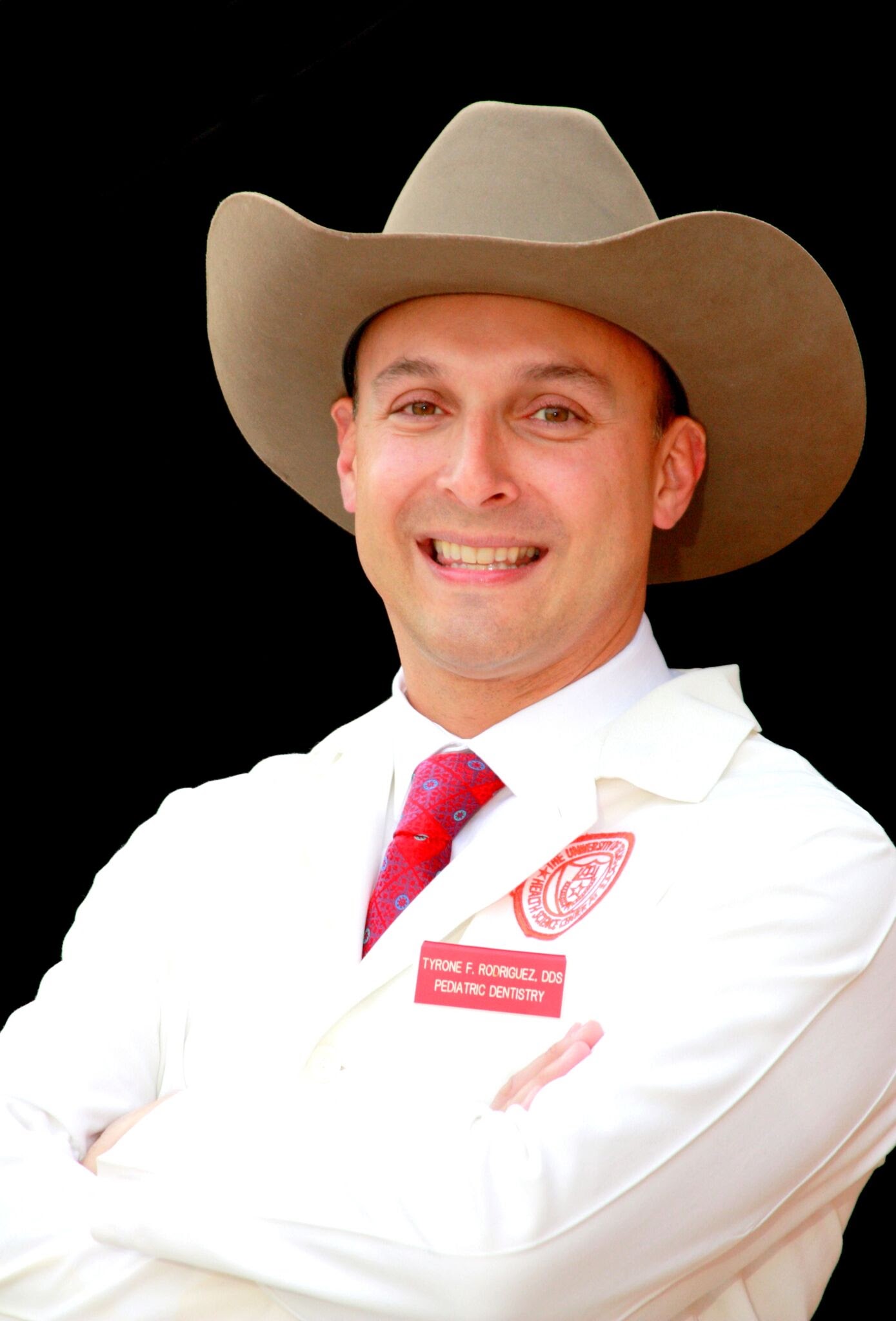

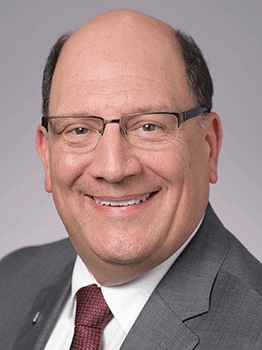
Social media is often a great way to learn new tips, tricks and hacks that make your life easier. Online dental trends have begun to crop up on apps such as TikTok and Instagram, with many videos going viral and spreading like wildfire.
Methods like oil pulling, using charcoal toothpaste, chewing facial fitness gum and receiving treatment from veneer technicians have amassed millions of views, but are all of them safe? Or even effective?
ADA News spoke with several experts about the rising popularity of these current trends, where they fall on the spectrum of myth to fact, and how dentists can talk with patients about exercising caution when it comes to trying them out.
Oil pulling
The ancient Indian remedy of oil pulling has been used for centuries to clean the mouth and teeth. Oil pulling, which is arguably one of the largest online dental trends today, involves swishing a tablespoon of oil around the mouth like mouthwash to reduce harmful bacteria and freshen breath. The oil is “pulled” between teeth for 15 to 20 minutes before being spit in the trash.
But does it work? Matthew Messina, D.D.S., clinical director of Ohio State Upper Arlington Dentistry, said the answer is complicated. Oil pulling is not harmful and may provide some of the benefits touted by its advocates, he allowed.
However, even though the age-old practice may have a “certain charm,” Dr. Messina said the dental profession has significantly evolved and advanced over the years. He said dentists can tell patients there’s nothing wrong with viewing oil pulling as a supplement, but they should also stress the importance of regularly flossing, brushing, eating healthy and visiting their office.
“There’s nothing wrong with oil pulling, and I won’t tell you to stop. It only becomes an issue if we forgo known beneficial treatments in an effort to try and use a natural or homeopathic technique, especially if you have an infection,” he said. “But if you have periodontal disease, if you have an infection, and you’re counting on oil pulling to protect you from a variety of bacterial issues that could at some point become life-threatening, then you’re doing yourself a disservice.”
Charcoal toothpaste
Using activated charcoal toothpaste as a whitening agent has gained popularity over the past few years. The fine-grain powder is made from natural substances like wood and coconut shells that are oxidized under extreme heat. However, Dr. Messina said the common trend is a “known danger” that is highly abrasive and runs down surface tooth enamel. He said using charcoal toothpaste is analogous to sanding hardwood floors to lighten the color.
“That works until you run out of wood. Tooth enamel is the same way — we have the tooth enamel that the tooth erupted in the mouth with. We don’t grow any more tooth enamel throughout our life, so it gradually wears away through natural use,” he said. “But if we’re doing something that is eroding tooth enamel faster than the normal rate, this is a procedure that is dangerous.”
Instead, Dr. Messina encouraged talking with patients about what their ultimate goals are. There are a number of reasons why teeth may not be white, from decay to periodontal disease, so it’s important to ensure patients know their dentist can perform an examination to diagnose their unique situation, and then develop a treatment plan and resolve the issue.
Facial fitness gum
Many people have hopped on the train of chewing facial fitness gum in hopes of sculpting their jawline. The practice is akin to going to the gym to get fit, said Tyrone Rodriguez, D.D.S., a pediatric dentist in Texas. By targeting the masseter muscle, which defines the jawline, the belief is that the masseter will bulk up and fat around the face will diminish.
Dr. Rodriguez said that much like gym trends, though, people tend to overdo it and attempt to get in shape overnight. Although some people might see results, there is not a one-size-fits-all solution with this particular trend. For example, people who are prone to tension headaches or who have malocclusions could cause more harm than good by chewing facial fitness gum. Additionally, genetics is an important factor to consider when attempting to chisel the jaw, as some people may be more naturally predisposed to achieving results than others.
Dentists should encourage patients who desire to try facial fitness gum to start slowly, Dr. Rodriguez highlighted. He added that dentists can ask patients what their goals are, taking into account how lifestyle choices such as diet and sleeping posture may play into their results.
“[Those interested can] try it. Go slow. Don’t start with a big piece. Use a smaller piece, and see how not just your jaw feels, but see how your teeth feel, see how your head feels. [Our body is] interconnected and one habit overdone can become something that is not good for us,” he said.
Veneer technicians
With more and more reports about services offered by “veneer technicians,” dentists are urging patients to visit licensed professionals for dental procedures. Veneer techs promote themselves on social media as individuals who place veneers, but Ada Cooper, D.D.S., a general dentist in New York, emphasized that dentistry is a regulated profession that requires formal education and licensure.
“The ADA very firmly believes that patients should always seek care from licensed dentists for their dental needs, whatever they may be, to ensure proper diagnosis, treatment, patient safety and quality assurance,” she said.
Without the supervision of a dentist, Dr. Cooper said, this procedure has the potential to cause irreversible harm since it alters the physical structure of teeth. She encouraged dentists to remind patients curious about veneer techs of the risks that accompany receiving dental procedures from unlicensed individuals. These include, but are not limited to, nerve damage, infections and even choking hazards during placement.
Patients should also recognize that dentists are responsible for knowing their oral history, health history, preexisting conditions and medications, diagnosing diseases and developing treatment plans.
“We don’t see our patients as commodities. We see them as people who have entrusted in us their care. And we, better than anyone, can safely manage treatment throughout the entire course of care. So, it’s vital, vital, vital for patients to seek dental recommendations and treatment directly from a dentist,” Dr. Cooper said.

